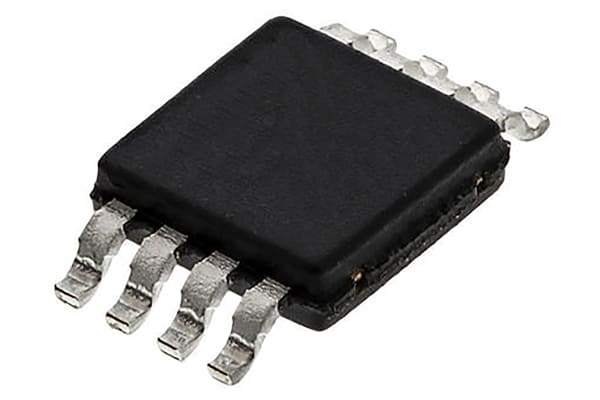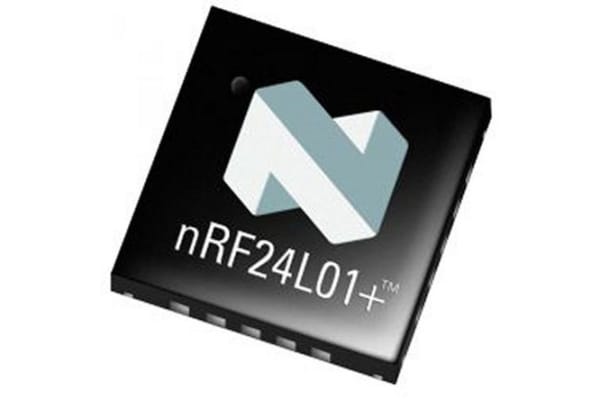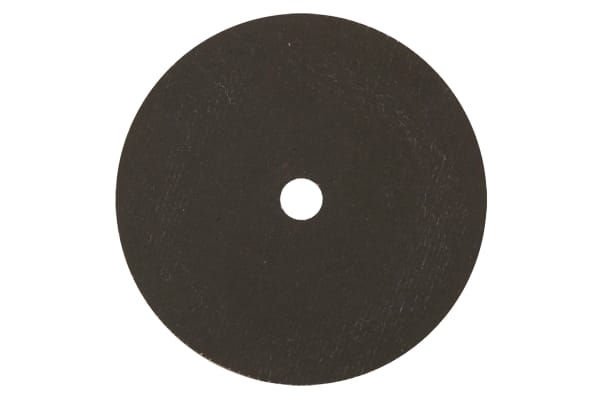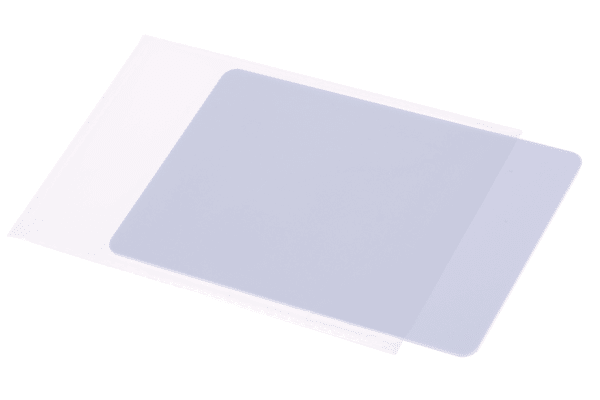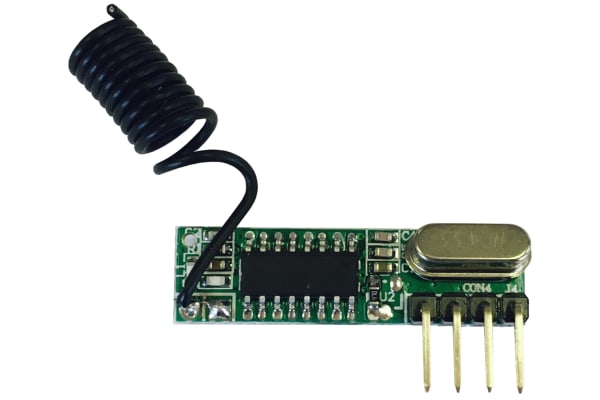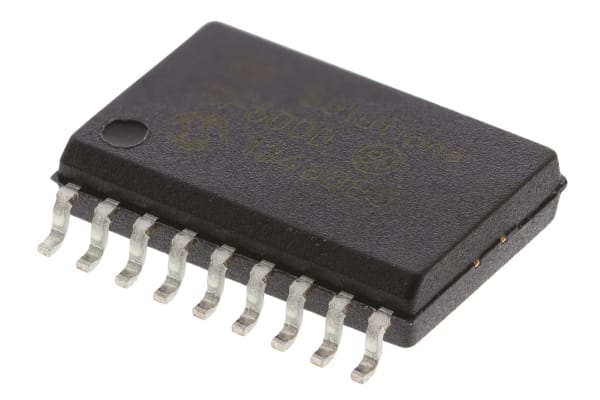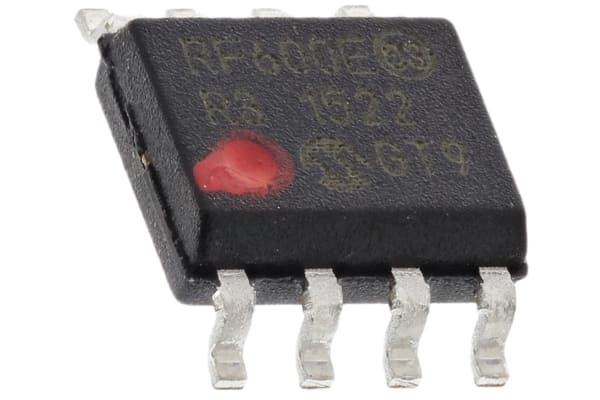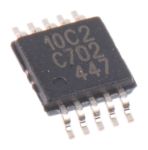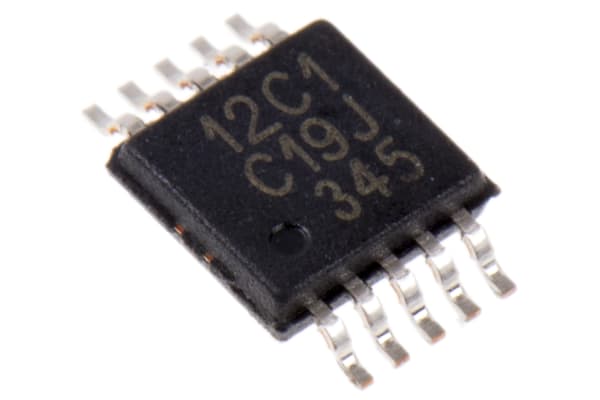Radio Frequency & Microwave Circuits
Radio frequency (RF) transceivers are electronic devices that can both transmit and receive radio frequency What is an RF Transceiver?RF transceivers transfer information wirelessly between two devices. RF transceivers includes both a transmitter and a receiver RF transceivers convert voice, video and data into a radio frequency for applications like satellite communication, mobile phones, radio and television signal. RF Transceivers convert IF (intermediate frequency) frequency (intermediate frequency) to RF frequency and vice versa. The main feature of the RF module is an embedded system to communicate with another device wirelessly. In an RF transceiver, the transmitter and receiver will share common circuitry. An electronic switch permits the RF transmitter and receiver to be joined to the same antenna and stops the output of the transmitter from damaging the receiver. Transceivers are categorised by how the receiver and transmitter communication channel is managed. This can be full duplex or half duplex communication access. What is the difference between duplex and half duplex? This refers to the type of transmission of the data Examples: A telephone is full duplex as both parties are able to talk at onceA walkie talkie is half duplex as only one party can transmit at a timeHow to choose the right RF transceiversThere are many types of RF transceiver around so your choice will depend on your desired application and chosen devices. Considerations when choosing a transceiver include everything from output power and supply voltage to frequency range, data rate and packaging.
-
Analog Devices HMC284AMS8GE RF Switch, 8-Pin MSOP
IDR142,965.07Pack (1 Pack of 2) -
Microchip MRF24J40MA-I/RM Zigbee Transceiver, 12-Pin Module
IDR162,579.50 -
Nordic Semiconductor NRF24L01P-T RF Transceiver IC, 20-Pin QFN
IDR302,188.09Pack (1 Pack of 5) -
Parallax Inc 28140 RFID Reader, 4.5 → 5.5V
IDR809,016.57 -
Parallax Inc 28448 RFID Module
IDR46,361.38 -
RF Solutions CARD-ICODE RFID Module
IDR59,577.52 -
RF Solutions QAM-RX10-433 Module, 5V
IDR94,715.67 -
RF Solutions RF600D-SO RF Decoder IC, 18-Pin SOIC
IDR152,405.17 -
RF600E-SO, ,8-Pin SOIC
IDR78,457.72 -
Silicon Labs Si4010-C2-GS RF Transceiver IC, 14-Pin SOIC
IDR77,723.49 -
Silicon Labs Si4010-C2-GT RF Transceiver IC, 10-Pin MSOP
IDR77,199.04 -
Silicon Labs Si4012-C1001GT RF Transmitter, 10-Pin MSOP
IDR46,151.60



